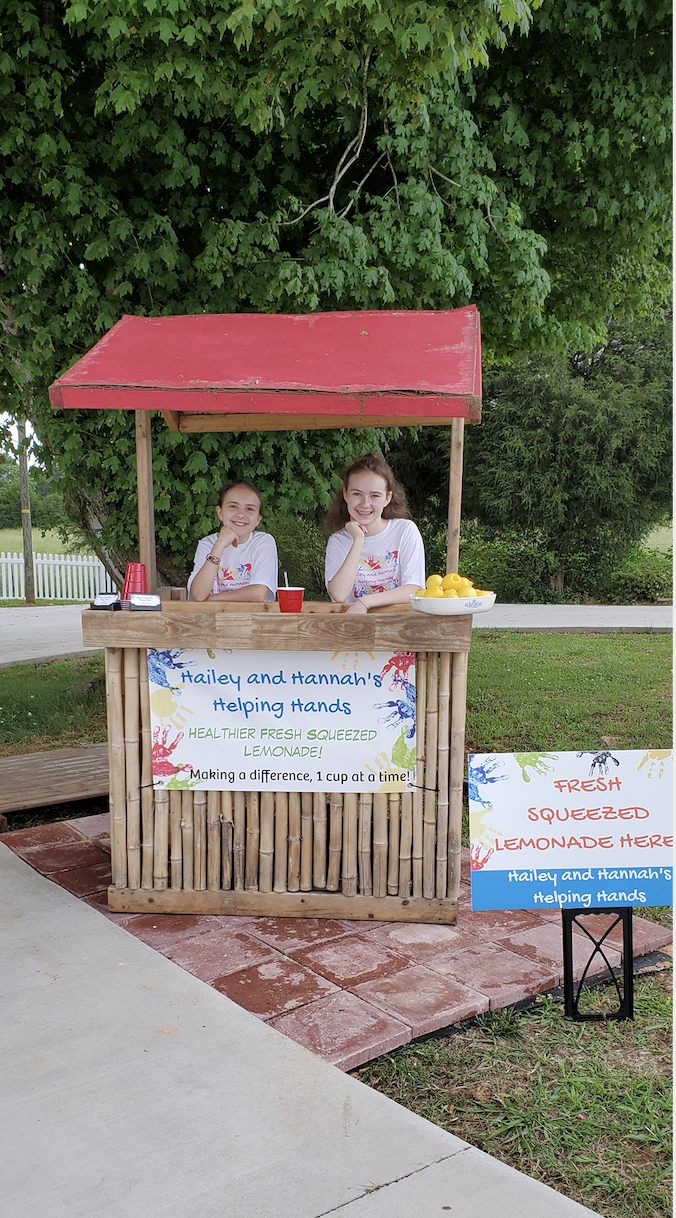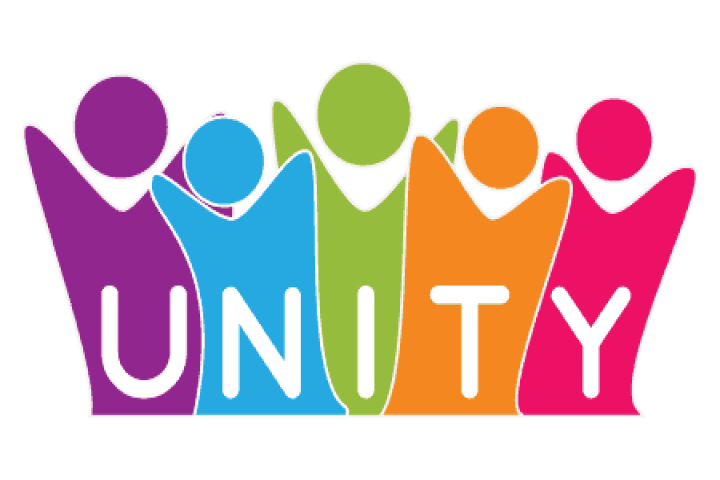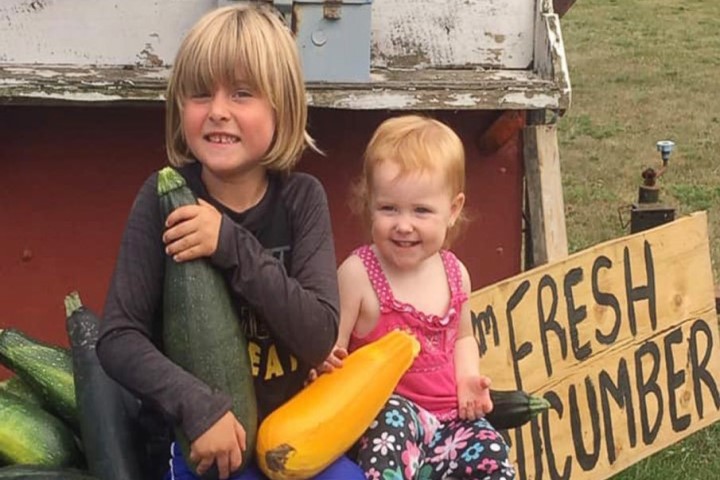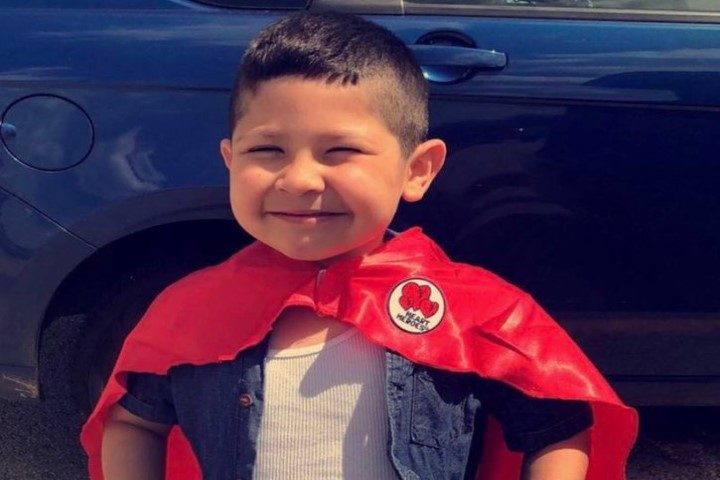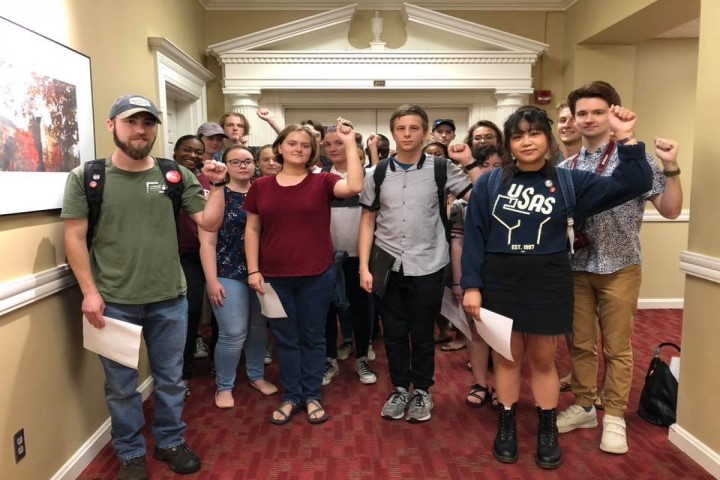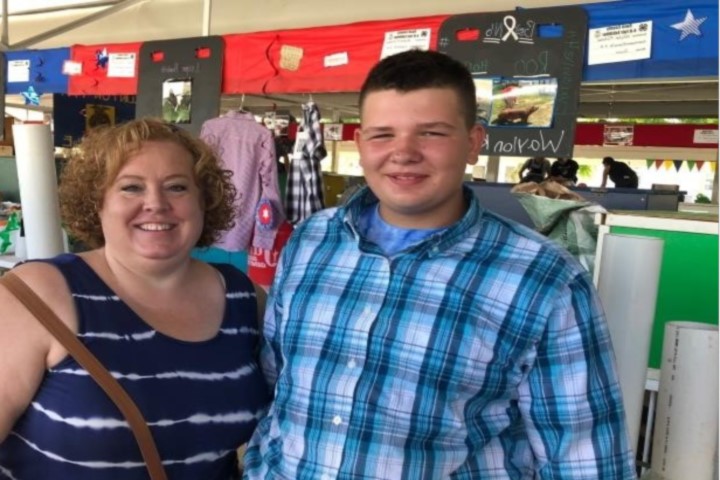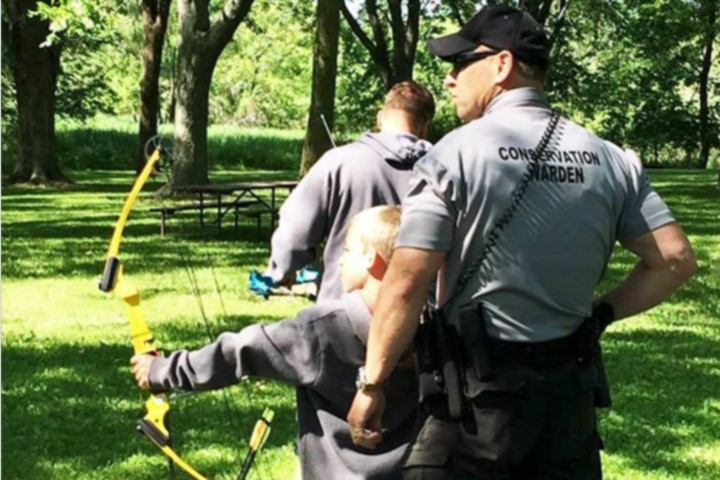In recent months, the issue of school lunch debt has drawn the nation’s attention, including a controversial story about parents’ being threatened with loss of guardianship for failure to pay. The problem is widespread. Student meal debt reportedly exists in 75 percent of US public school districts. Although the median district lunch debt is about $2,500, in some districts, the number ranges into six figures. The shortfall becomes an urgent issue at the end of the school year, when monies must be found in other parts of tight school budgets to cover the debts.
Schools handle the problem in different ways, some of which can be contentious. A district in Rhode Island faced criticism for “lunch shaming” when it provided only sunflower butter and jelly sandwiches to students whose accounts were overdrawn. There have been reports of districts’ hiring collection agencies, cafeteria workers’ throwing away hot lunches, and students’ forgoing field trips and even graduation in light of unpaid debt. Some object to punishing students for tight family finances or parental irresponsibility, while others say that the provision of free food puts an unfair burden on schools.
But amid different opinions about how to address the lunch debt issue, stories of generous students who care about their classmates’ difficulties have emerged to offer inspiration and hope.
Ire Cherry, a Kansas City third-grader who opened a bakery at age eight, learned that some of her classmates’ families were struggling to pay their lunch bills and donated $150 of her earnings to help. In Davidson County, North Carolina, a pair of sisters, Hailey and Hannah Hager, aged 14 and 11, set up a lemonade stand and hosted a hot dog lunch when they heard that their school’s student lunch debt was $3,100. Nine-year-old Ryan Kyote of Napa, California, saved up his allowance to cover his class’s $74.50 in lunch debt, and in Texas, eighth-grader Ben Hofer crowd-funded more than $10,000 to pay off the Austin Independent School District’s debt.
“I [guess] I always thought of lunches just like you go to lunch and eat,” Hofer told Here & Now’s Peter O’Dowd. “But some kids might get lunch some days and not some other days, and it’s very stressful, and they might not get a good meal, because they don’t want to go over their parents’ budget, and then they won’t do well in academics or sports.”
Stories of children giving up their own time and money to help their classmates are striking; especially when you’re young, it can be challenging to put the needs of others first. But it probably comes more easily to some, according to Richard Fournier, education researcher and author of the chapter on rural schools in the book The Content of Their Character.
“I think some people are naturally very willing to help, and I think also some kids just recognize from an early age that when we do something nice—whether in private or not—we feel good, and that’s partly why we do it,” Fournier says.
At the same time, he says, adult examples have an impact.
“I do think parental and, perhaps, school influence on modeling that kind of altruistic behavior is really, really important,” Fournier says. “I have two little kids right now.… They definitely don’t want for much, so it’s going to be really important that I model for them … giving away money to charity and exposing them to situations where they can literally see people who might not have what they have and how they can help. Increasingly, I think all of these issues are actually done best through modeling more so than through any kind of explicit instruction. [Children must] see it and feel it.”
In the case of school lunch debt, adult models of generosity abound, including local business owners, large corporations like Chobani, and foundations like the one established by the mother of late cafeteria worker Philando Castile’s mother. They contribute to a social ecology of benevolence that inevitably influences children’s attitudes and behaviors.
All of this can get lost amid the heat of the school lunch debate. We live in an age when cultural disagreements mushroom into culture wars. Often, we don’t just judge each other; we judge each other harshly. One side of the conflict is cruel, selfish, heartless; the other is lazy, spendthrift, irresponsible. Listening to the accusations fly, one could conclude that America is hopelessly divided and immoral.
But then along come kids like Ben Hofer, Ryan Kyote, Ire Cherry, and Hailey and Hannah Hager. Here we see children investing their own time, their own ingenuity, and their own resources to reach out and show compassion for classmates who, through no fault of their own, are feeling shame or missing meals at lunchtime.
Perhaps, then, we are not so divided and immoral after all. If our kids are displaying moral character and unity, they inevitably learned some of that behavior from us. And if our kids aren’t so bad and we aren’t so bad, perhaps, too, we have all the more reason to invest in the moral education of our children, and to provide the role models they need to become even better, kinder, and stronger people than they already are.
